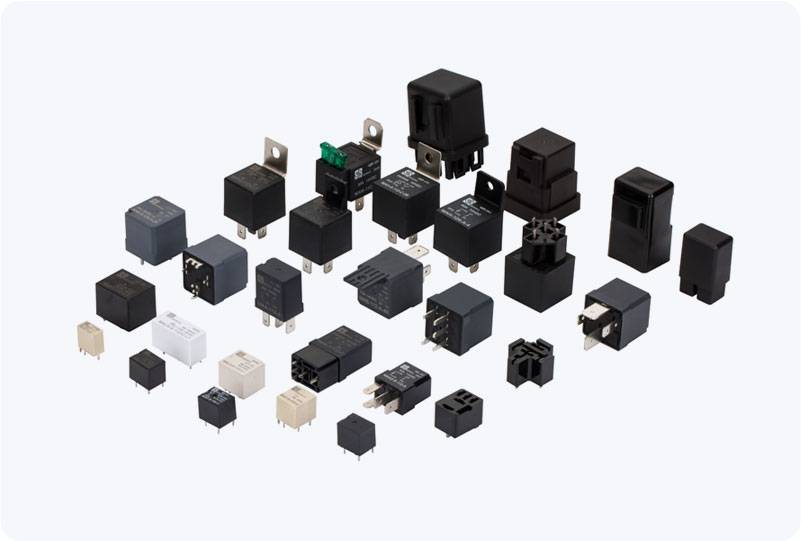relay vs fuse in car: understanding their roles and differences
Release time:2025-07-18 06:18:01
When it comes to the electrical system in a car, two key components play crucial roles in ensuring its functionality and safety: relays and fuses. While these two devices may seem similar because they both deal with the flow of electricity, their functions and mechanisms are distinct. Understanding the difference between a relay and a fuse can help car owners and enthusiasts better appreciate how modern vehicles operate, and how their electrical systems remain both efficient and safe.

What is a Relay in a Car?
A relay is an electrically operated switch used to control the flow of electricity in a car’s circuit. Its primary role is to allow a small electrical current to control a larger current. In automotive applications, relays are often used to control devices that require a significant amount of power, such as headlights, air conditioning, fuel pumps, and even the starter motor.
Relays function by using a small current to energize a coil inside the relay. This causes a magnetic field that pulls a metal arm, closing or opening a set of contacts in the relay. These contacts then control the flow of a much larger current to the target component, such as a motor or a light. This allows for the switching of large currents with small, easily manageable control signals.

